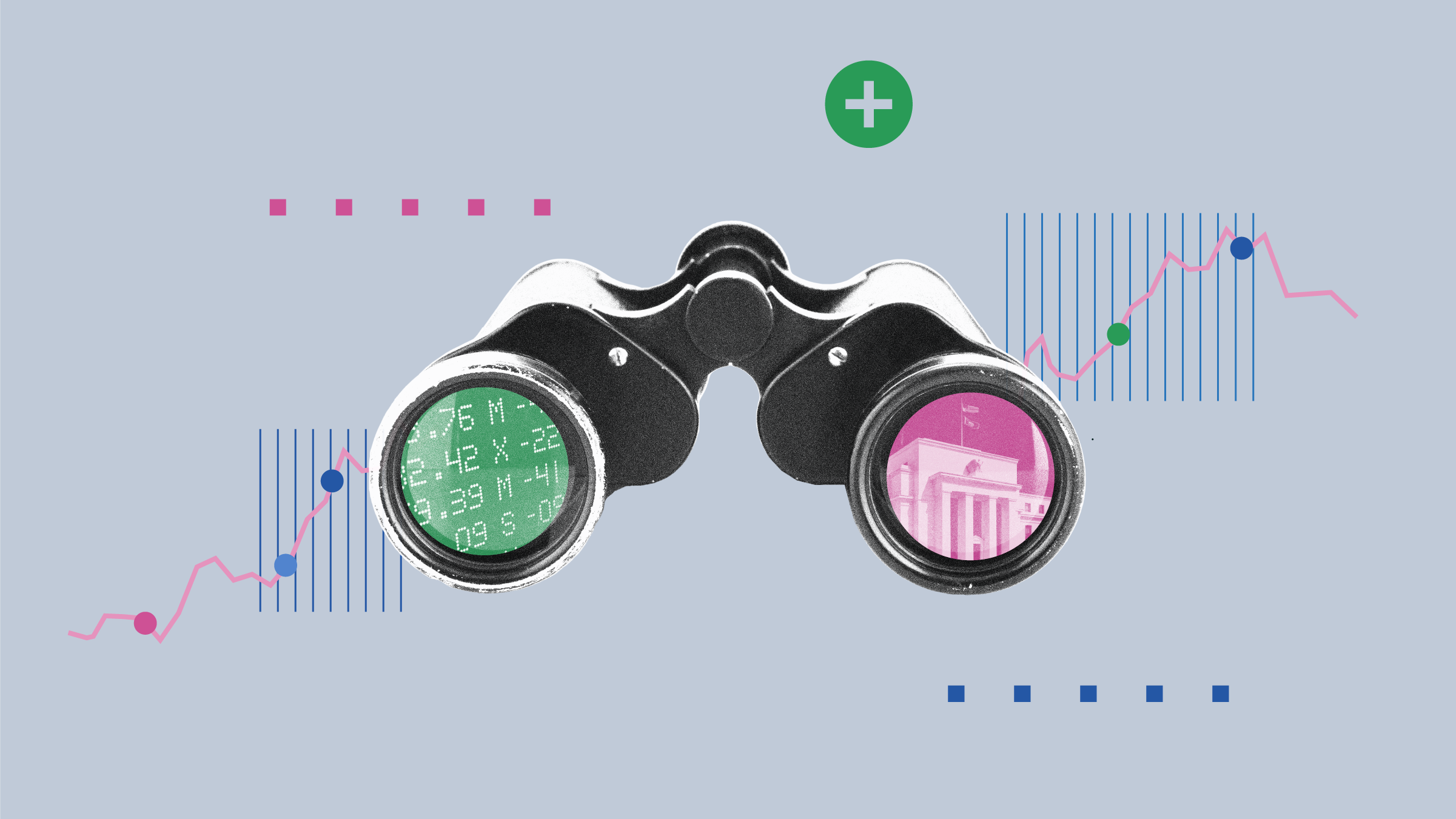"Smart beta," "alternative beta," "enhanced indexes," "quantamental indexes"—at this point, the list of monikers describing the fast-growing middle of the active-to-passive spectrum extends long enough to put it just a few syllables shy of making a lunar landing. It’s an arena that has further blurred the lines between active and passive management, and one that is at the leading edge of the most recent wave of product proliferation within the global exchange-traded products landscape.
What Morningstar deems strategic beta is a broad and rapidly growing category of benchmarks and the investment products that track it. The common thread among them is that they seek to either improve their return profile or alter their risk profile relative to more-traditional market benchmarks.
In the case of equity products, which account for the overwhelming majority of assets in this arena, the result is typically one or more factor tilts relative to standard market indexes.

As new products roll off asset managers’ assembly lines, their sales and marketing departments have been working tirelessly to position these new models in an increasingly competitive field. The result has been a ratcheting up of the level of complexity of the indexes that underlie these benchmark-based investment products and, in some cases, a growing disparity between how they are pitched by their sponsors and the actual investment results they produce. Investors are faced with a complex task as they navigate this landscape, and Morningstar is working to provide the compass they need to do so.
Read on in Morningstar’s full report: A Global Guide to Strategic-Beta Exchange-Traded Products.
The new strategic-beta classification system is available in Morningstar’s software and products for advisers and institutional investors; for more information on these products contact UKsales@morningstar.com.




























